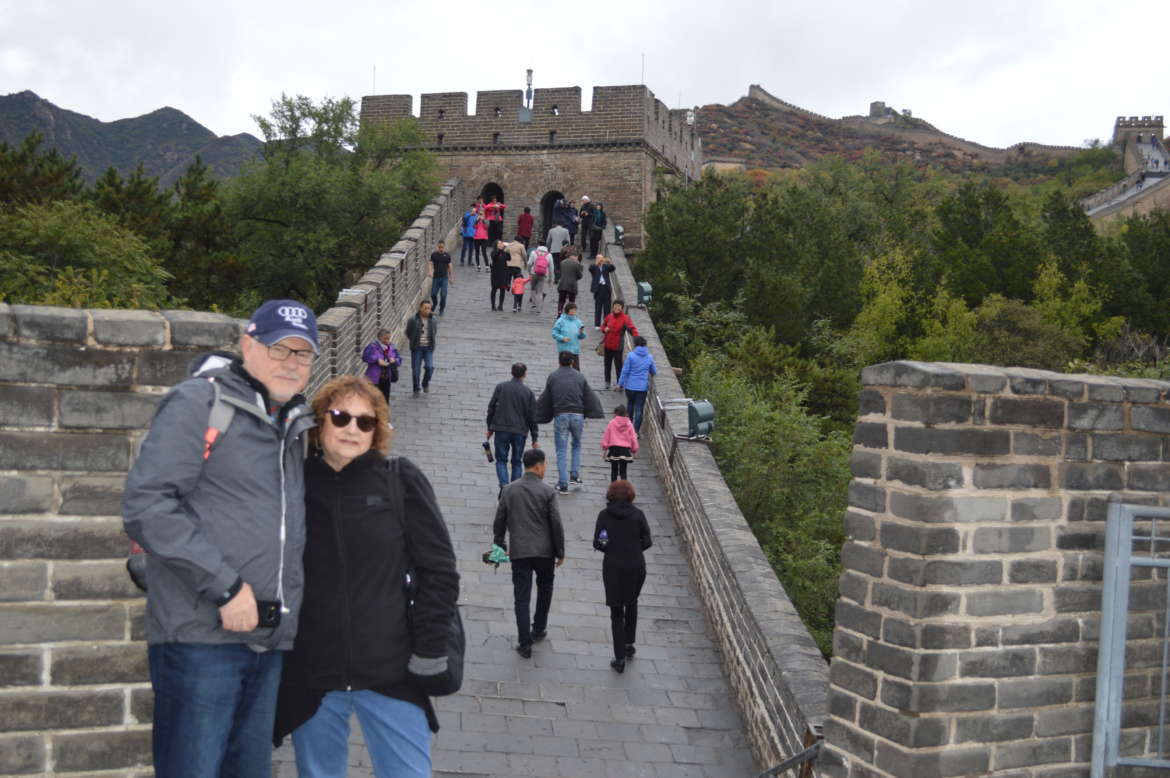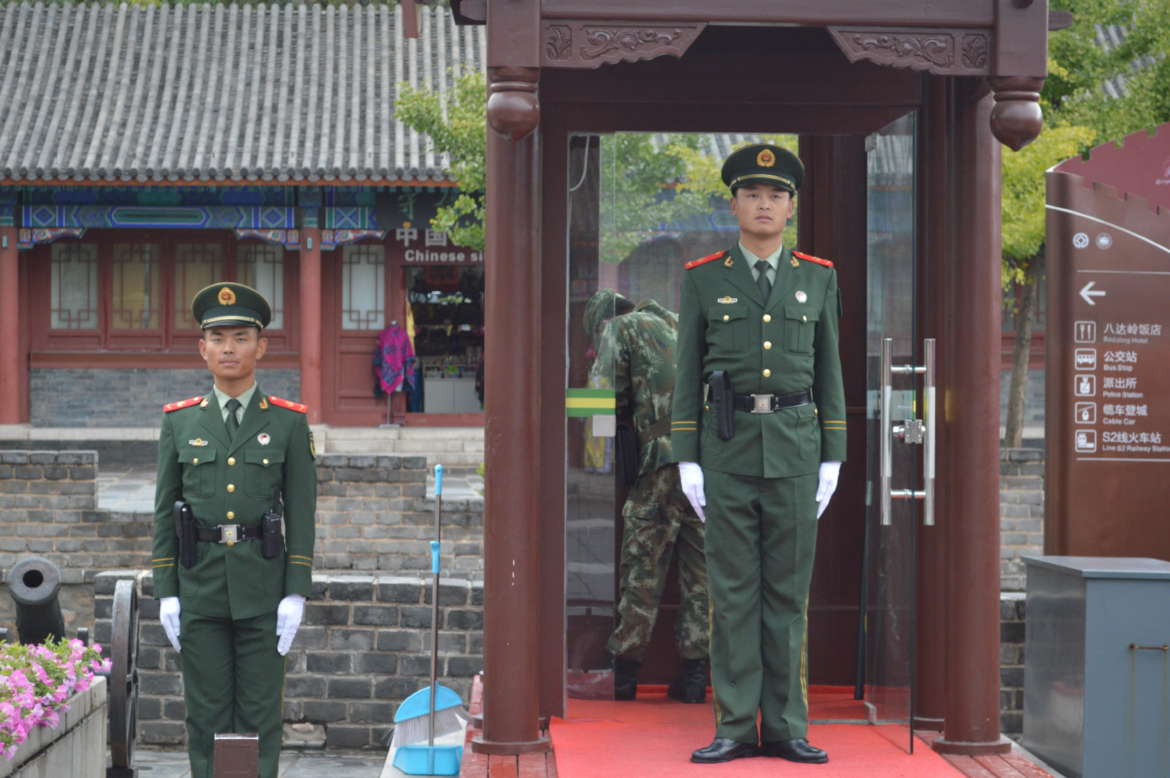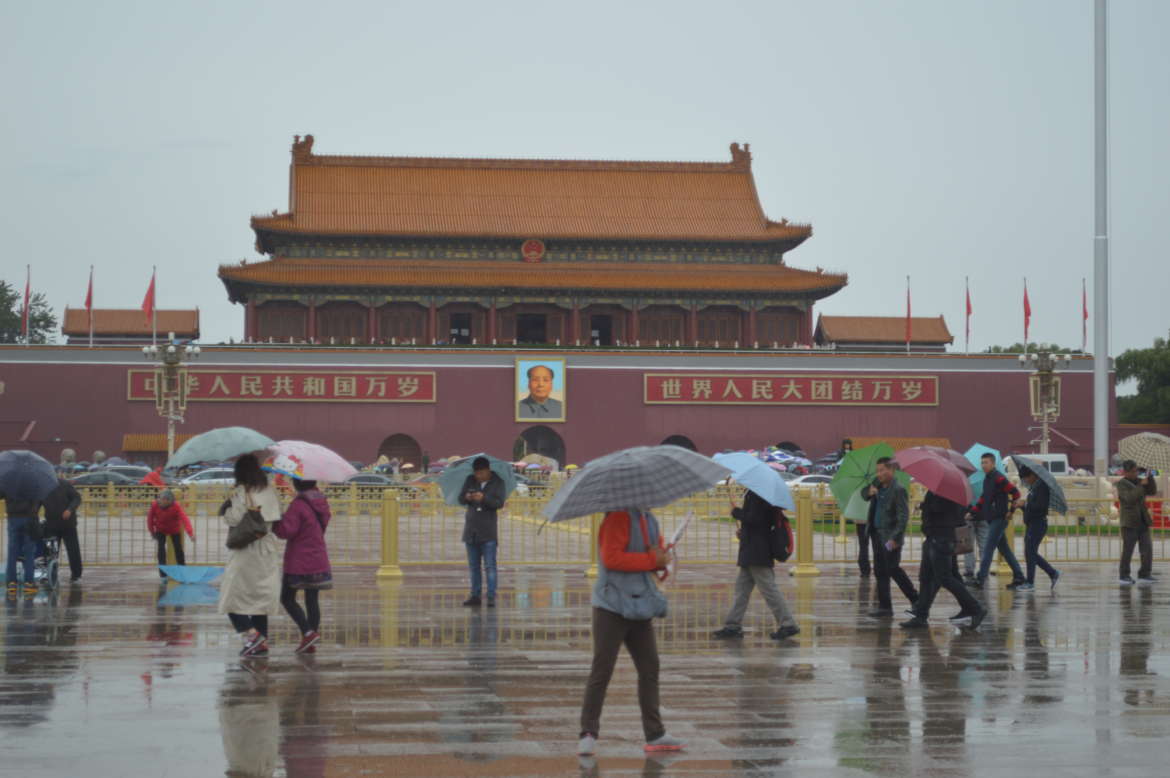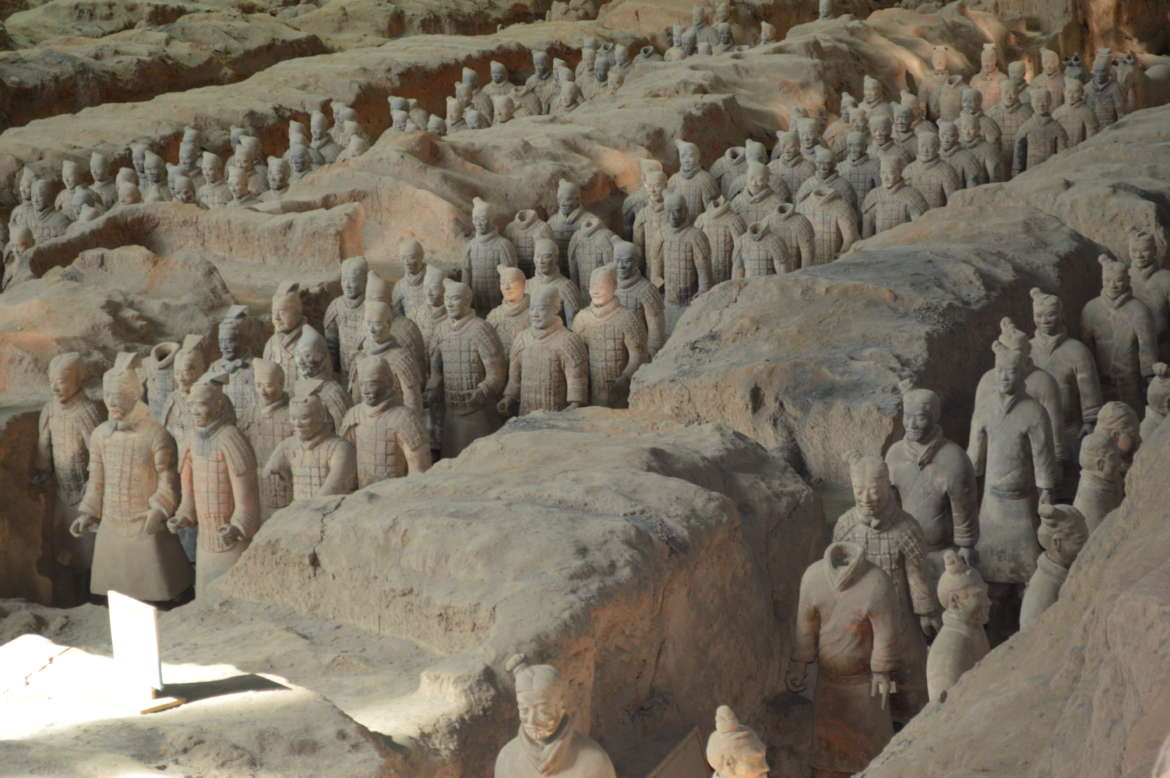It literally took a ping pong tournament pushed by President Richard Nixon to open a mysterious continent to the rest of the world.
The Great Wall of China is the only man-made objet that can be seen from space and the moon.

Both sound terrific and have been accepted facts for decades. The only problem is that both are false.
Although there are photos from space that seem to show the Great Wall and old school books perpetuate the myth, Chinese astronaut Yang Liwei disputed that. In fact, about the only man-made structures that can be seen from space are the Egyptian pyramids… if you squint and look hard enough.
The beginnings of China opening its door to the Western world came about during the 1971 World Table Tennis Tournament in Japan. The 19-year-old Glen Cowan, a member of the U.S. team, jumped onto a bus carrying the Chinese players and the dialogue began. Cowan exchanged souvenirs with Zhuang Zedong, China’s best player. The closed country’s chairman, Mao Zedong then invited the Americans to an all-expense paid visit to China. Nixon, the politician that he was, happily took credit for opening the door.
All of that being said, China has become a “must-see” destination for Americans-from Tiananmen Square in Beijing to the Great Wall itself, more and more Yankees are making their way across the world to visit this magnificent country.
But beware, China may seem to be a free and open country, but it is very tightly controlled from its press to its government. If you have a computer with you, don’t expect to be able to access Google or some other web services. They are totally blocked in the Peoples Republic of China (PRC).

One way to see as much as possible of the country on a two-week tour is through an American company that has ties to travel packagers in China (Disclaimer: This is an objective piece. We paid for this trip on our own and have no obligation to sugar-coat anything).
We had previously traveled with Uniworld Cruises and found them to be absolutely top notch. We booked, along with another couple, an 18-day land/cruise package that took us from Beijing to Hong Kong. Uniworld provided luxury accommodations in the Shangri La hotel chain through the country and the Ritz Carlton in Beijing.
This article, due to space, will focus on three main locations: Tiananmen Square, the Great Wall, and the Terra Cotta Army in Xi’an.
A word of caution: you’ll need a visa from a Chinese embassy or consulate. While there are companies that will take care of it for you at a hefty fee, if you have the time, read the detailed instructions on the form (available online) and do it yourself. They nit-pick the details so you must be exact or you can come back several times before being approved. Also, your passport must be valid for a minimum of six months from your date of arrival.

Tiananmen Square is arguably the heart of Beijing. It’s a huge open area that can hold literally tens of thousands of people and is often used for parades and to impress visiting dignitaries. In June of 1984, nearly one million students began protesting for a more open and free government. The Communists sent in troops and opened fire on the demonstrators, killing an undetermined number. The most poignant image that came out of this was that of a student staring down a tank as it rolled toward him. He stopped the tank, but according to some Chinese, he simply disappeared without a trace after the demonstration. It is difficult for a Westerner to stand in the Square and not have that picture in mind. Overlooking the Square is a huge portrait of Mao seemingly keeping an eye on all those in attendance. Nearby is the entrance to the “Forbidden City,” once the home of China’s emperors. Take the time to visit there.
While you may not be able to see the Great Wall from space, it is an amazing thing to behold in person. In the middle of the entry square, before the first steps, is a soldier on a platform watching every move of every person. These young soldiers stand ramrod straight for their entire shift, only their eyes darting around and are stationed at virtually all tourist destinations.
Crowds mill around, taking in every stone and the sight of the Wall on its serpentine way over the encircling mountains and fields. While some visitors made the most of the visit and covered long distances, others opted to go part way up and simply stand and enjoy the historic view. Those who did the long walk came back complaining that their legs felt as though they had turned to rubber.

Forget seeing China’s sites from outer space. The Terra Cotta Army in Xi’an is best seen from close up. To see the thousands of reconstructed soldiers standing in ranks, interspersed by horses and, in some cases, wagons, will remain with most visitors long after their return home.
The army was crafted some 2,000 years ago to guard China’s first emperor, Ying Zheng, the first ruler of the Qin (pronounced “Chin”) Dynasty. To date, some 8,000 have been excavated. More are constantly being worked on.
When they were found by farmers, all had not only been buried under thousands of years of dust and earth, but they had been smashed to bits. The Chinese government, with full respect and reverence, developed special glue and began painstakingly putting each one back together, much like a gigantic jigsaw puzzle. Anyone walking away who was not awestruck has no soul. The army is today protected from the elements by a giant hangar-like room. Walk to the back and you can see students and archeologists piecing together more soldiers. Nearby is the inevitable souvenir shop. Bring home miniature soldiers for an experience that will be remembered for a lifetime.
In weeks to come, articles will cover cruising on the Yangtze, how to buy jade without being taken for a ride, Shanghai, and Hong Kong.
At UrbanMatter, U Matter. And we think this matters.
Tell us what you think matters in your neighborhood and what we should write about next in the comments below!

